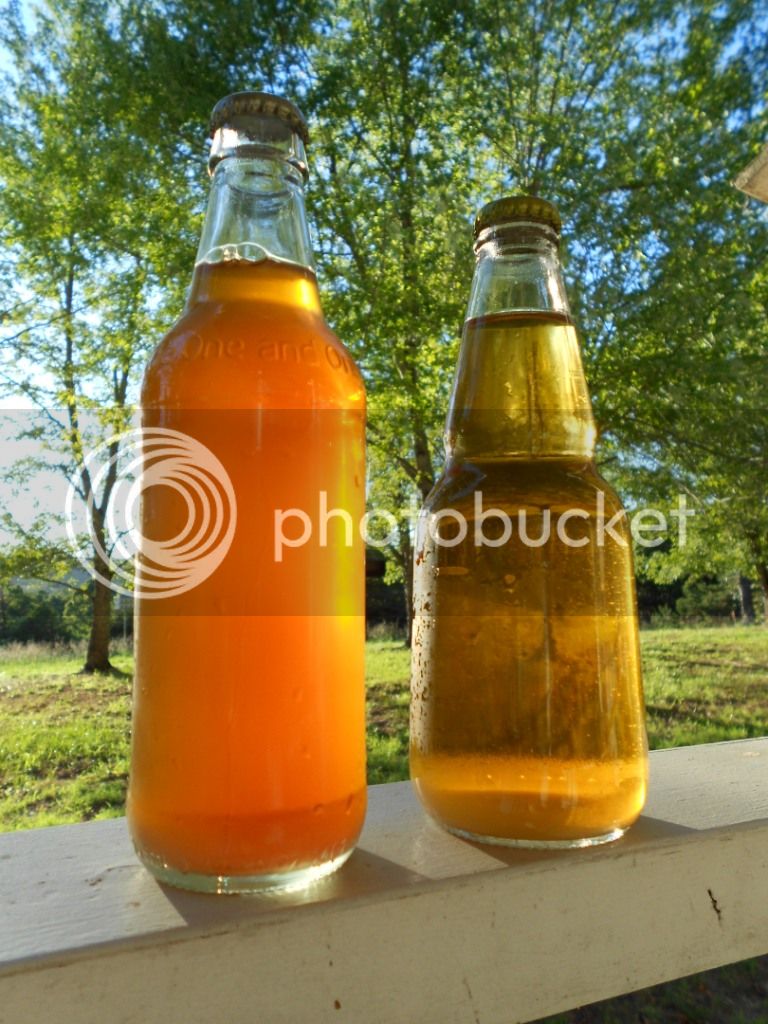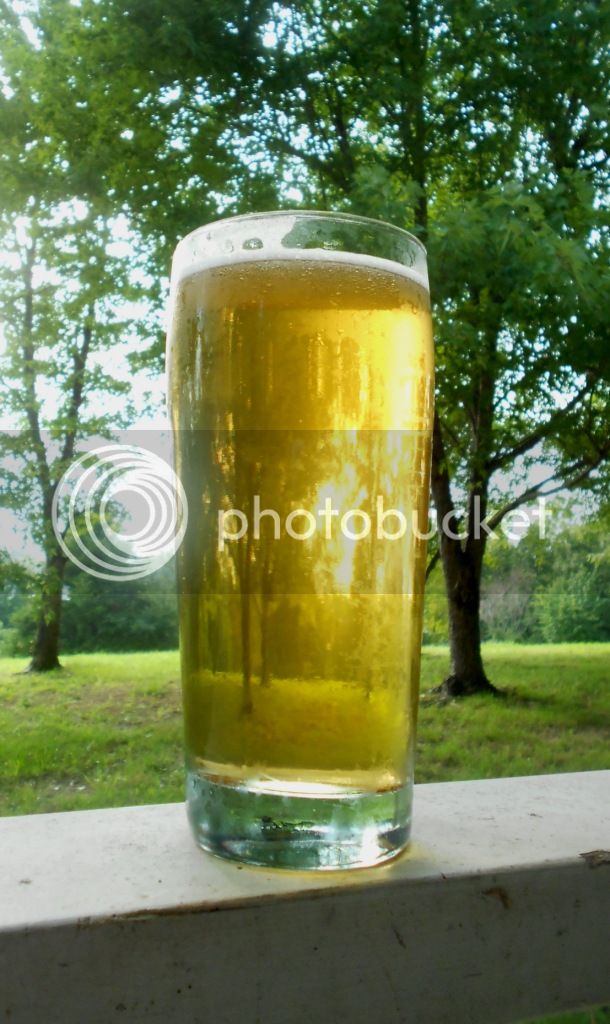Too much work for me personally....aka high maintenance!
Time spent preparing the recipe, procuring the ingredients, 5 hour brew day, managing fermentation temps, racking and packaging is a lot of work / maintenance too. Crashing in the swamp cooler is just another small part of it all.
Be easier to run up to BevMo and back.





